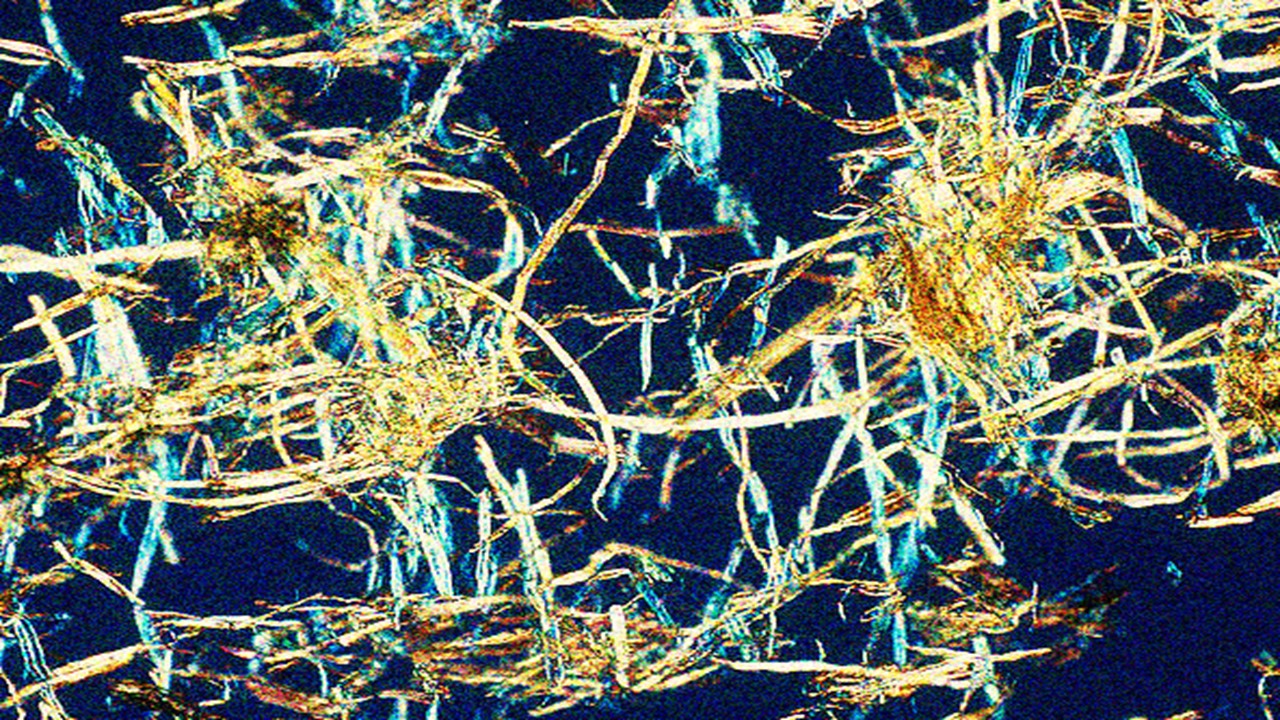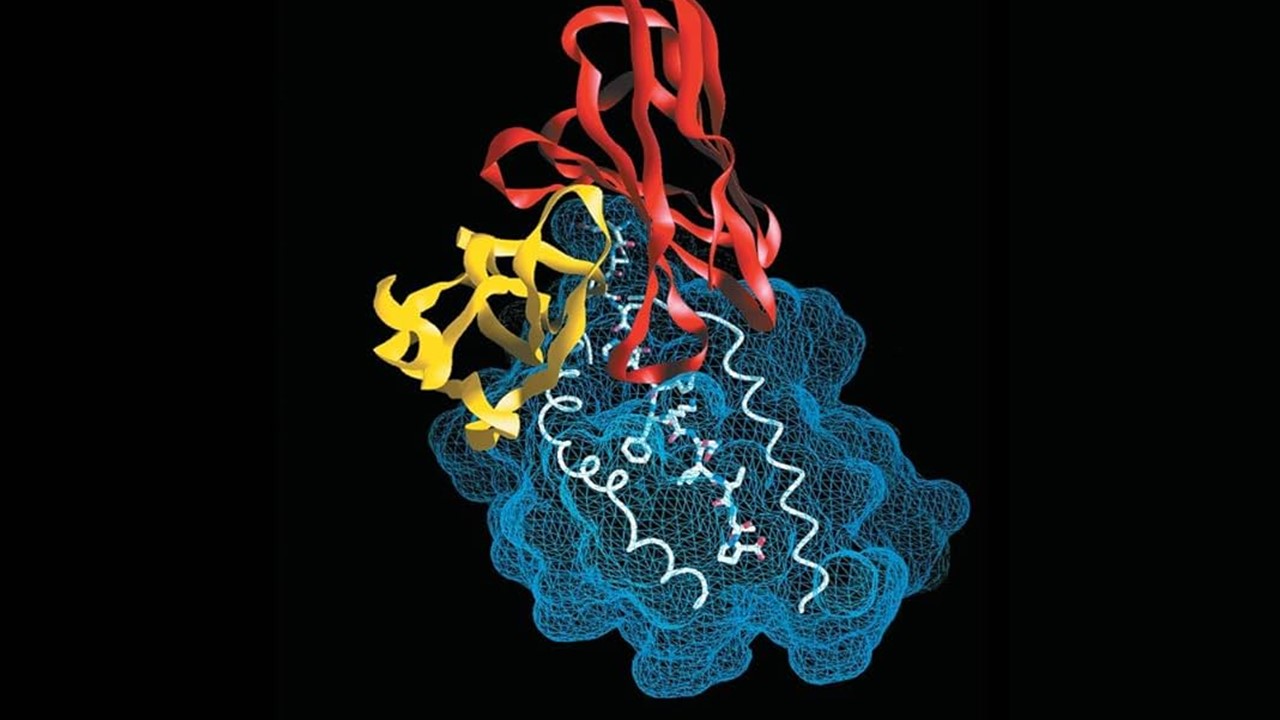The Quantum Revolution in Chemistry
The frontier of chemical reactivity is being redefined by quantum phenomena—where electromagnetic fields hybridize with molecular excitations, forming polaritons that alter reaction pathways in fundamental ways. This emerging field, known as polaritonic chemistry, explores how strong light–matter interactions influence reaction dynamics, providing unprecedented control over chemical kinetics without requiring external energy input.
Polaritonic chemistry has demonstrated the ability to steer, inhibit, and catalyze chemical processes, operating at room temperature and governed by external parameters such as cavity mirror spacing. Unlike Floquet engineering, which suffers from heating and dissipation, polaritonic chemistry stabilizes molecular behavior by embedding it within confined optical environments. However, a quantitative, microscopic understanding of how these interactions affect chemical reactivity has remained elusive due to the extreme computational complexity of quantum dynamics.
To address this challenge, a new machine learning (ML)-driven approach has been developed, leveraging density-functional theory (DFT) and molecular dynamics (MD) to accelerate high-fidelity simulations of vibrational strong coupling (VSC). By applying this hybrid methodology to a model SN2 reaction of 1-phenyl-2-trimethylsilylacetylene (PTA), researchers have uncovered critical insights into how strong coupling modifies reaction rate constants, enthalpy, and entropy—offering a powerful computational framework for understanding and predicting polaritonic chemical kinetics.
Understanding Polaritonic Chemistry: Strong Light–Matter Coupling in Molecular Systems
At the heart of polaritonic chemistry lies the concept of strong light–matter coupling, where confined electromagnetic fields interact with molecular vibrations, forming hybrid light–matter states known as vibrational polaritons. These quasiparticles emerge in resonators such as Fabry–Pérot cavities, plasmonic nanostructures, and whispering gallery modes, each influencing chemical behavior in distinct ways.
Unlike traditional quantum mechanical models of reactivity, which focus on transition-state theory and electronic potential energy surfaces (PES), polaritonic chemistry introduces a new set of variables: the photonic degrees of freedom. When molecules are placed in optical cavities, their vibrational energy redistribution can be dramatically altered, leading to reaction inhibition, enhancement, or shifts in selectivity.
One of the most striking experimental observations is that reaction kinetics exhibit frequency-dependent behavior, meaning that the rate constants change in response to specific cavity resonance conditions. Classical transition-state theory fails to capture this dependence, necessitating quantum electrodynamical approaches such as quantum electrodynamical density-functional theory (QEDFT) and Ehrenfest dynamics. However, these methods remain computationally expensive, limiting their practical application.
To circumvent these limitations, researchers have introduced a machine learning-driven approach, wherein neural networks are trained on high-accuracy DFT data to predict reaction dynamics with near-ab initio precision but at dramatically reduced computational costs. This method allows for extensive simulations of polaritonic chemical systems, uncovering new frequency-dependent behaviors that were previously inaccessible to theoretical modeling.
Machine Learning Meets Quantum Chemistry: Accelerating Simulations of Strongly Coupled Systems
Simulating strong light–matter interactions requires an accurate representation of both molecular potential energy surfaces (PES) and dipole moment variations in response to cavity-induced perturbations. The standard approach—performing ab initio molecular dynamics (AIMD) at each time step—is computationally prohibitive, as a single reaction trajectory may require tens of thousands of high-precision DFT calculations.
To overcome this challenge, a neural network-driven potential (NEP) framework has been introduced. This method constructs machine-learned PES and dipole moment surfaces, trained using supervised learning on extensive DFT datasets. The key advantages of this approach include:
- High-Precision Potential Energy Surfaces: The model decomposes total molecular energy into atomic contributions, improving accuracy in describing local interactions.
- Tensorial Dipole Moment Predictions: By leveraging neural networks, the method captures dipole moment gradients, which govern optical force interactions in strong coupling scenarios.
- Scalable Molecular Dynamics: With ML-accelerated force predictions, large-scale molecular simulations become feasible, allowing for extensive sampling of kinetic behavior under different cavity conditions.
By combining ML-accelerated PES predictions with real-time MD simulations, researchers have constructed a computational framework capable of resolving the vibrational dynamics and reaction kinetics of polaritonic chemical systems with unprecedented accuracy and efficiency.
Deciphering Reaction Kinetics Under Strong Coupling: A Case Study of the PTA SN2 Reaction
To validate the machine-learning-enhanced approach, the framework was applied to the SN2 deprotection reaction of 1-phenyl-2-trimethylsilylacetylene (PTA), a benchmark reaction previously investigated using ab initio QEDFT and experimental studies. The central objective was to determine how cavity-induced modifications influence:
- Reaction rate constant (k) – the proportionality factor in the rate equation that quantifies the speed of a chemical reaction, dependent on temperature and activation energy;
- Transition-state enthalpy (ΔH‡) – the enthalpy change required to reach the transition state, representing the energy barrier that reactants must overcome to form products;
- Reaction entropy (ΔS) – a measure of the disorder change in a system during a reaction, influencing spontaneity and affecting the Gibbs free energy (ΔG); and
- Vibrational mode redistribution and energy transfer – the process where molecular vibrational energy is redistributed among different modes or transferred between molecules, impacting reaction dynamics and relaxation processes.
Resonance-Dependent Rate Modifications
One of the most intriguing findings is that reaction rate constants exhibit non-monotonic frequency dependence, contradicting earlier theoretical predictions. Specifically:
- At ω = 856 cm⁻¹, reaction inhibition was observed, in agreement with experimental studies.
- At ω = 461 cm⁻¹, rate enhancement was detected—an unexpected finding not predicted by earlier QEDFT models.
- At ω = 198 cm⁻¹, a strong increase in reaction enthalpy was recorded, indicating a barrier-raising effect induced by the cavity.
These results suggest that the interaction between molecular vibrations and cavity modes is more complex than previously assumed, requiring a deeper examination of nonadiabatic effects and energy redistribution mechanisms.
Entropy and Enthalpy Contributions to Polaritonic Kinetics
Using Eyring rate theory, the ML-accelerated simulations revealed distinct enthalpy and entropy contributions to polariton-modulated reactivity:
- Inhibitory frequencies (ω = 856 cm⁻¹) raised enthalpy, increasing activation barriers.
- Catalytic frequencies (ω = 461 cm⁻¹) predominantly increased entropy, suggesting enhanced vibrational energy redistribution.
- Non-optically active frequencies (ω = 198 cm⁻¹) induced pure enthalpic modifications, altering transition-state stability.
These findings emphasize the role of cavity-induced vibrational mode hybridization in shaping chemical kinetics, highlighting the need for beyond-classical rate theories.
The Role of Dynamic Electronic Polarization in Polaritonic Reactivity
A critical limitation of molecular dynamics (MD) simulations in polaritonic chemistry is the neglect of dynamic electronic polarization—a quantum effect where nuclear motion induces transient electronic polarization shifts via the cavity field. This effect has been implicated in:
- Asymmetric Rabi splittings of vibrational polaritons
- Rate-modulating changes in transition-state electronic structure
- Enhanced electronic polarization-mediated energy redistribution
While QEDFT calculations incorporate these effects, standard ML + MD simulations do not, potentially explaining why earlier QEDFT models predicted only reaction inhibition, while ML-accelerated simulations revealed both inhibition and enhancement.
Incorporating dynamic electronic polarization corrections into ML-driven polaritonic models is a key frontier, requiring extensions to the cavity Born–Oppenheimer approximation and perturbative corrections to electronic states.
The Future of Machine Learning in Polaritonic Chemistry
The intersection of machine learning and quantum electrodynamical simulations has unlocked a new era in polaritonic chemical kinetics, providing an efficient yet accurate means to model strong light–matter interactions in complex molecular systems. This study demonstrated:
- Frequency-dependent reaction rate modifications, revealing new kinetic behaviors beyond classical theories.
- Entropy- and enthalpy-driven reaction control, highlighting the diverse mechanisms by which polaritons influence chemistry.
- The need for dynamic electronic polarization modeling, emphasizing quantum corrections in ML-accelerated frameworks.
Moving forward, the integration of GPU-accelerated quantum ML models, self-consistent perturbative corrections, and explicit solvation effects will refine our ability to predict and harness polaritonic chemistry for catalysis, energy conversion, and molecular engineering. As machine learning continues to reshape computational chemistry, polaritonic reactivity control may emerge as a revolutionary tool in the design of next-generation chemical processes.
Study DOI: 10.1021/jacs.3c12829
Engr. Dex Marco Tiu Guibelondo, B.Sc. Pharm, R.Ph., B.Sc. CpE
Subscribe
to get our
LATEST NEWS
Related Posts

Medicinal Chemistry & Pharmacology
Aerogel Pharmaceutics Reimagined: How Chitosan-Based Aerogels and Hybrid Computational Models Are Reshaping Nasal Drug Delivery Systems
Simulating with precision and formulating with insight, the future of pharmacology becomes not just predictive but programmable, one cell at a time.

Medicinal Chemistry & Pharmacology
Coprocessed for Compression: Reengineering Metformin Hydrochloride with Hydroxypropyl Cellulose via Coprecipitation for Direct Compression Enhancement
In manufacturing, minimizing granulation lines, drying tunnels, and multiple milling stages reduces equipment costs, process footprint, and energy consumption.

Medicinal Chemistry & Pharmacology
Decoding Molecular Libraries: Error-Resilient Sequencing Analysis and Multidimensional Pattern Recognition
tagFinder exemplifies the convergence of computational innovation and chemical biology, offering a robust framework to navigate the complexities of DNA-encoded science













